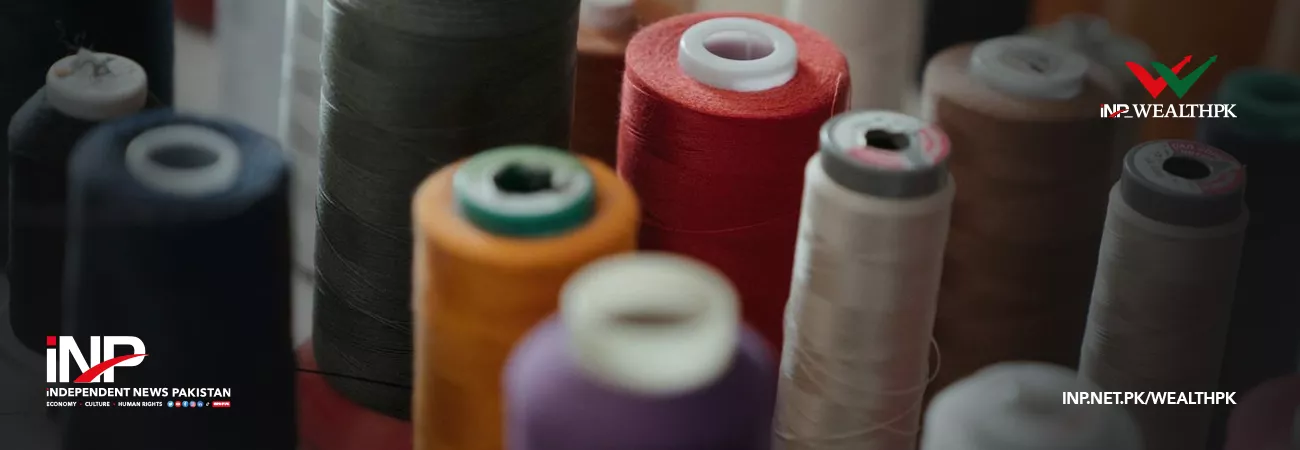INP-WealthPk
Raza Khan
Textile units in Pakistan are running below their actual capacity due to the current financial crisis.Chairman of All Pakistan Textile Mills Associations (APTMA) North Zone Hamid Zaman told WealthPK that the current situation has impacted textile exports, and also caused large-scale unemployment across the sector due to closure of units.“Textile mills are running at less than 50% of their production capacity, and so far, thousands of people have been rendered jobless,” Zaman said.
He was of the view that energy shortages and high prices of electricity and gas are among the reasons that forced many factory owners to shut down their production units. “Several textile mills were established based on gas fuel, but many of them are closed now due to gas shortages or unaffordable gas prices,” he added. Zaman said that textile exporters are also facing liquidity crisis. “Loans from banks are not a good option due to high interest rate,” he said.
The APTMA North Zone chairman said that unavailability of cotton is another blow to the textile sector. “We need to import cotton, but banks are not opening letters of credit (LCs),” he said. He mentioned that the local cotton production had remained less than 5 million bales during the current season because of last year’s floods and heavy rains. “Textile sector needs to import around 8 million bales of cotton this year,” he said.
He said the textile sector is finding it hard to survive as its production and earnings are way below the actual potential. “If the textile sector is closed under the current unfavourable conditions, there will be massive unemployment in the country,” he said. Zaman also warned that the country’s textile exports could fall below $1 billion a month in coming days.“If decline in textile exports continues and the situation doesn’t improve, exports can fall below $1 billion a month in near future,” he added.
Rafiq Godail, a textile exporter, told WealthPK that hurdles in importing raw material was the major cause behind declining textile exports. “We need raw material to produce value-added products for exports. No imports mean no exports,” he explained.He added that week industrial infrastructure in Pakistan is also a problem. “Lack of coordination among various production chains, energy issues, and outdated infrastructure are also hampering production,” Godail said.
He acknowledged that global economic crunch and breakdown in major markets, especially in Europe, also caused slowdown in Pakistan’s textile exports. According APTMA’s data, Pakistan’s textile exports declined by 28% in February 2023, making it the fifth consecutive month of negative growth. Exports in February 2023 dropped to $1.20 billion from $1.67 billion during the same month of 2022. The country’s textile exports also fell by 11% during the first eight months (July-February) of 2022-23. Pakistan’s textile exports dropped to $11.24 billion during July-February 2022-23 from $12.60 billion during the corresponding period of FY22.
Earlier, in a letter addressed to Prime Minister of Pakistan, APTMA’s Patron-in-Chief Gohar Ejaz said the textile sector was operating well below its capacity due to the current state of economy in the country. “A very substantial number of jobs have already been lost and many more are to follow if remedial measures are not urgently undertaken,” the latter said. The APTMA also mentioned that the textile sector invested $5 billion during the past two years in setting up new factories. “However, some of the machinery of new plants and expansions is still stuck at ports, LCs are being delayed for spare parts, and electricity and gas are not being provided to these new units,” the latter said.
Credit: Independent News Pakistan-WealthPk













